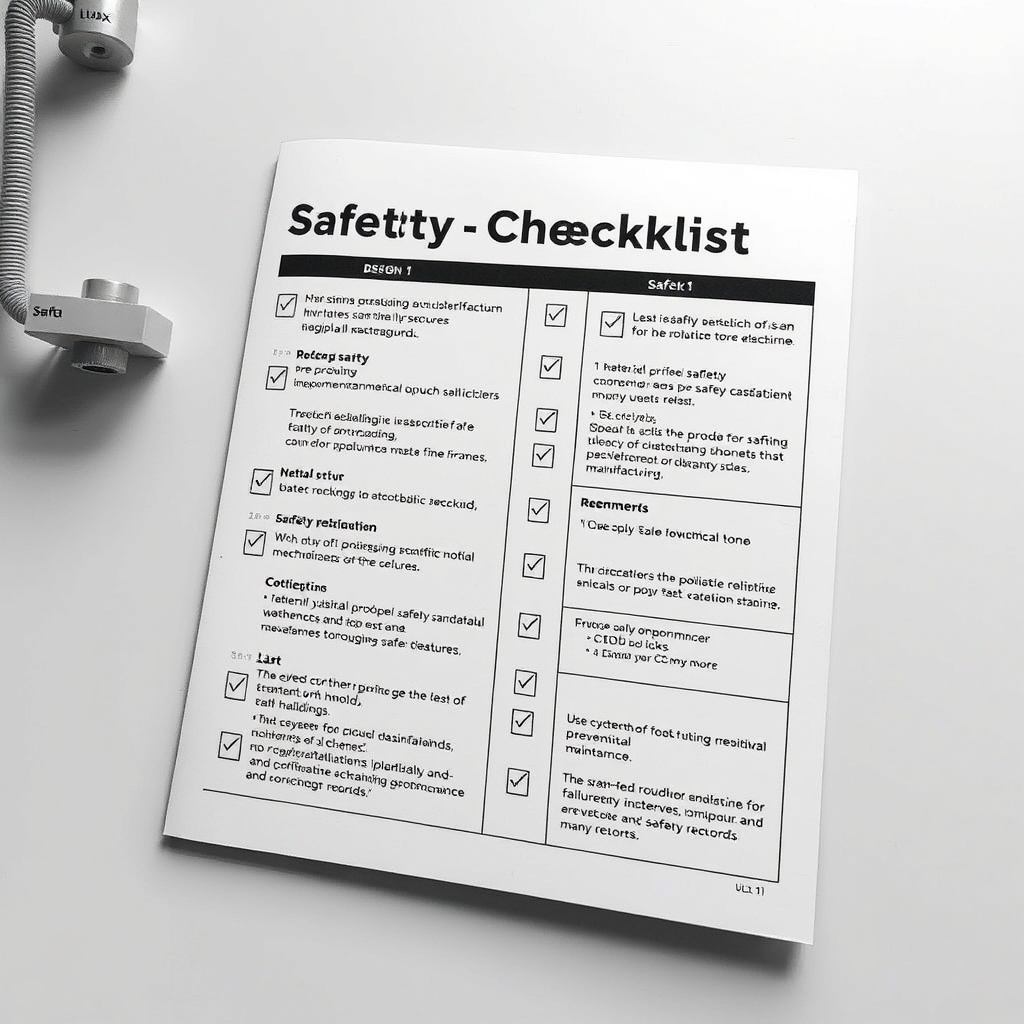
- +8615586668226
- [email protected]
- No. 30, Hongbang Endüstri Parkı, Shenzhen

Mechanical testing isn’t just a checkbox—it’s the foundation of kali̇te güvencesi̇ ve product integrity. By simulating real-world stresses, it ensures materials and components withstand operational demands. Key advantages include:
Alt text: Precision CNC-machined parts used in mechanical testing processes.
| Mülkiyet | Açıklama | Common Tests |
|---|---|---|
| Çekme Dayanımı | Resistance to pulling forces | Tensile Testing (ASTM E8) |
| Sertlik | Surface resistance to indentation | Rockwell, Vickers Tests |
| Fatigue Limit | Endurance under cyclic loads | Fatigue Testing |
| Fracture Toughness | Crack resistance | Charpy/Izod Impact Tests |
| Sahne | Amaç |
|---|---|
| Tasarım | Validate prototypes and material choices. |
| Üretim | Ensure batch consistency and quality. |
| Post-Production | Final compliance checks. |
| Bakım | Monitor wear in ağır ekipman. |
Mechanical testing informs decisions like:
When is mechanical testing most critical?
During design validation, production QC, and post-production checks.
What industries rely heavily on mechanical testing?
Havacılık, otomotiv, tibbi̇ ci̇hazlar, and energy sectors.
Can simulations replace physical testing?
No—virtual models complement but don’t replace real-world testing.
How does hardness testing improve product life?
It ensures surfaces withstand wear, reducing maintenance costs.
Blogumuzdan CNC imalatı ile ilgili en son trendleri ve gerçekleri öğrenin.
©2024. CNC İmalat Tüm Hakları Saklıdır.